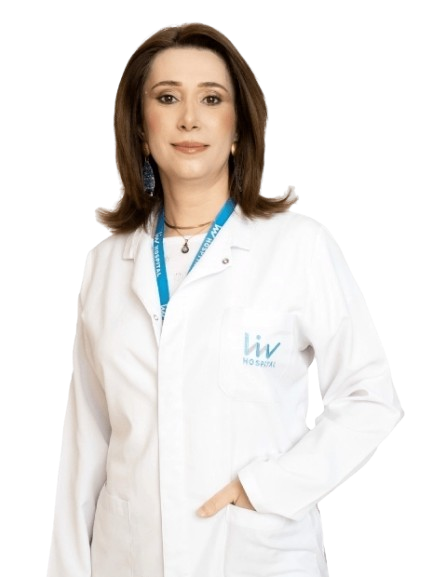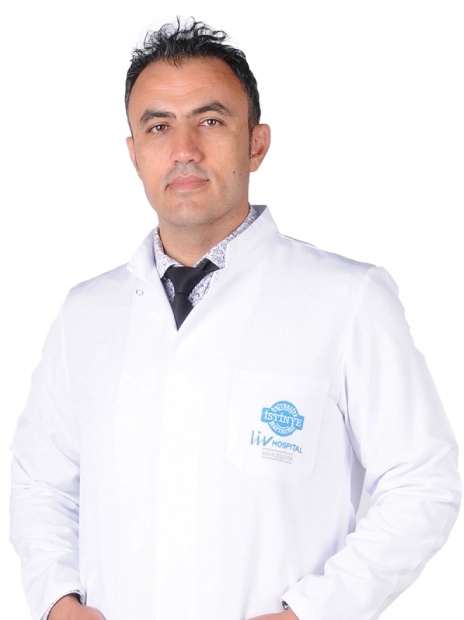Pediatric Infectious Disease: Symptoms, Diagnosis, and Care
Pediatric infectious disease care centers on preventing, identifying, and treating infections in infants, children, and adolescents. Because children’s immune systems are still developing, infections can spread quickly and present with overlapping symptoms. Common signs include fever, cough, sore throat, ear pain, nasal congestion, breathing difficulty, vomiting or diarrhea, abdominal pain, rashes, fatigue, and decreased appetite.
Early evaluation helps distinguish viral, bacterial, fungal, and parasitic causes and guides safe, effective treatment. Families receive support on home care, isolation when necessary, and return to school guidance designed to protect both the child and the community.
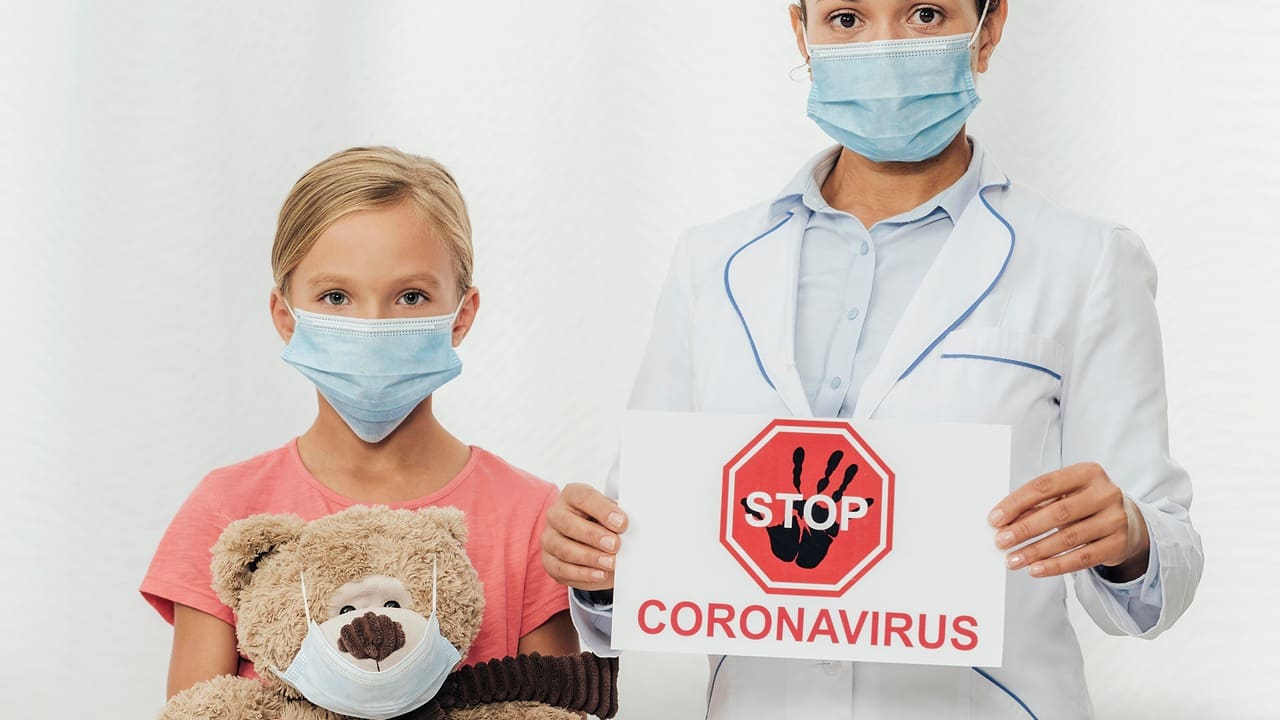
Diagnosis begins with a detailed history and a physical exam focused on your child. Doctors will ask about when symptoms started, any contact with sick people, recent travel, exposure to animals or the environment, food risks, past illnesses, and medications. Depending on these answers, your child may need specific tests like rapid strep or viral tests, throat or nasal swabs, urine tests, stool studies, blood work, or a chest X ray if pneumonia is suspected. The goal is to order only the tests that will help guide treatment, keeping your child comfortable and avoiding unnecessary procedures.
Treatment depends on the cause of the infection. Viral infections are usually managed with supportive care, such as keeping your child hydrated, encouraging rest, controlling fever as advised, and easing symptoms like congestion or cough. Bacterial infections may need antibiotics chosen for the specific source. Fungal infections, such as thrush or ringworm, and parasitic infections are treated with specific medications.
It is important to use the right dose based on your child's weight and to follow instructions on how long to give the medicine. Follow up visits help check for improvement, adjust the plan if symptoms change, and ensure families know which warning signs, such as trouble breathing, an ongoing high fever, severe dehydration, confusion, or a quickly spreading rash, mean urgent care is needed.
Pediatric Infectious Disease Doctor: When to See a Specialist ?
Parents may wonder when to involve a pediatric infectious disease doctor. Consider a specialist when:
1. Fevers are persistent or recurrent without a clear explanation.
2. Symptoms are severe or rapidly worsening (labored breathing, lethargy, severe pain).
3. Infections are frequent, unusual, or caused by less common organisms.
4. Initial treatments have not worked, or the child has medication side effects or allergies complicating therapy.
5. The child has conditions that increase the risk for complications.
Specialists provide focused evaluation, streamline testing, and coordinate care with primary clinicians. They clarify home care, isolation, and return to activities recommendations. Prompt specialist input for complex cases helps prevent complications and supports confident, timely decisions for families.
Pediatric Infectious Diseases: Common Conditions in Children
Children frequently experience:
• Respiratory infections: colds, influenza like illness, croup, bronchiolitis, pneumonia.
• Ear, nose, and throat infections: otitis media (ear infection), strep throat, sinus infections.
• Gastrointestinal infections: viral gastroenteritis, foodborne illnesses, and parasitic infections with diarrhea or abdominal pain.
• Skin and soft tissue infections: impetigo, cellulitis, and abscesses. • Urinary tract infections: fever, painful urination, frequency, or accidents in previously toilet trained children.
• Rashes linked to infections: hand foot and mouth disease, viral exanthems, and others.
Recognizing patterns supports timely care. For example, colds typically improve within a week; if high fever and cough persist or worsen, re-evaluation may be needed to rule out bacterial pneumonia. Diarrhea with signs of dehydration warrants rapid hydration strategies and sometimes lab assessment. Skin infections may require culture if an abscess is present to ensure targeted therapy.
Infectious Diseases in Pediatrics: Prevention and Early Recognition
Prevention helps protect children, families, and communities:
Hand hygiene: wash with soap and water or use alcohol based sanitizer when hands are not visibly soiled.
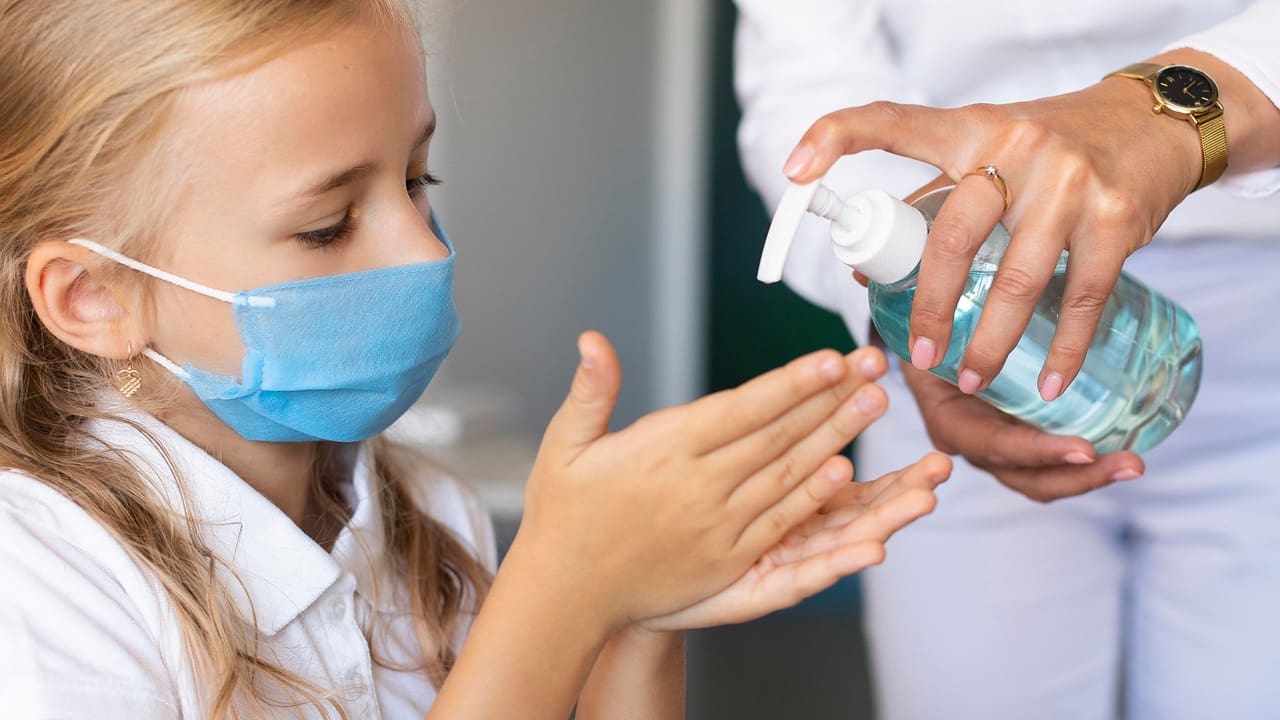
Respiratory etiquette: cover coughs and sneezes, dispose of tissues properly, and clean high touch surfaces.
Food safety: wash produce, cook meats thoroughly, and avoid cross contamination.
Home guidance: keep children home when they have a fever or significant symptoms; follow clinician recommendations for isolation.
Hydration, rest, and nutrition: support recovery and reduce complications.
Early recognition matters. Seek prompt care for persistent high fever, fast or labored breathing, confusion or unusual sleepiness, severe dehydration (no tears, dry mouth, very little urine), a rapidly spreading or bruised looking rash, stiff neck, or severe pain. Infants with fever and children with underlying medical risks should be evaluated without delay.
Pediatric Infectious Disease Doctor Near Me: What Families Should Look For
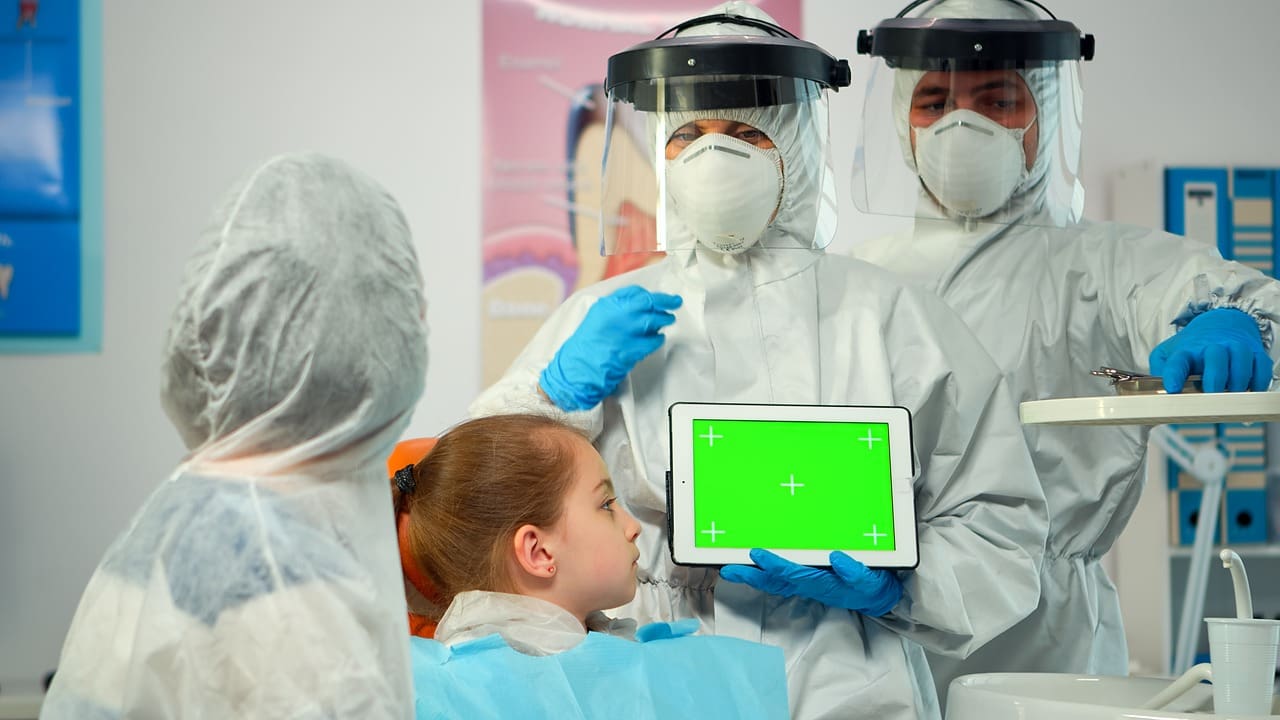
When searching for a pediatric infectious disease doctor near me, consider:
• Child focused expertise: experience across age groups from newborns to teens.
• Access to targeted diagnostics: rapid testing, cultures, and imaging when appropriate.
• Clear communication: written plans for home care, medications, and isolation or return to activities.
• Coordination: collaboration with your child’s primary clinician for seamless follow up.
• Timely access: prompt appointments and structured check ins for complex cases.
Family centered clinics emphasize comfort, safety, and prevention strategies to minimize spread at home and school. Clinics such as Liv Hospital focus on practical, evidence informed pathways so families understand each step from evaluation to recovery.
Pediatric infectious disease evaluations are designed with children in mind. Doctors use gentle exam techniques and explain things in ways that help kids feel less anxious. Tests are chosen to be both accurate and as comfortable as possible. For example, rapid antigen or PCR tests may be used for respiratory infections, urine tests for urinary symptoms, stool studies for ongoing diarrhea, and cultures for skin abscesses.
Treatment plans prioritize:
• Symptom relief: hydration, rest, fever control as advised, and nutrition support.
• Appropriate medications: antibiotics for likely or confirmed bacterial infections; antifungal or antiparasitic therapy when indicated.
• Safety: dosing by weight, monitoring for side effects, and clear instructions on duration and follow up.
• Prevention: cleaning high touch surfaces, good hand hygiene, and practical steps to reduce spread.
Return to school and activity guidance is individualized, taking into account symptom resolution and community safety. Families receive clear return precautions and written instructions so they know when to check back in.

Testing for pediatric infectious diseases is based on your child's symptoms and exam results. Rapid tests can find respiratory viruses or strep throat. Cultures help confirm bacterial infections. Urine tests are used for urinary infections, and stool studies help explain ongoing stomach issues. A chest X ray may be needed if pneumonia is suspected. Doctors aim to choose tests that are reliable, helpful, and as easy on your child as possible.
Treatment aligns with results and clinical likelihood:
• Viral infections: supportive care and close monitoring for red flags.
• Bacterial infections: targeted antibiotics with correct dosing and duration.
• Fungal and parasitic infections: specific medications plus hygiene measures to prevent reinfection.
Follow up ensures improvement and medication tolerance. Families receive written plans for dosing, potential side effects, cleaning practices, and steps to limit transmission to siblings and classmates. If fever persists beyond expected timelines or new symptoms appear, re-evaluation is recommended.
What Is Pediatric Infectious Disease? Family Guide to Care
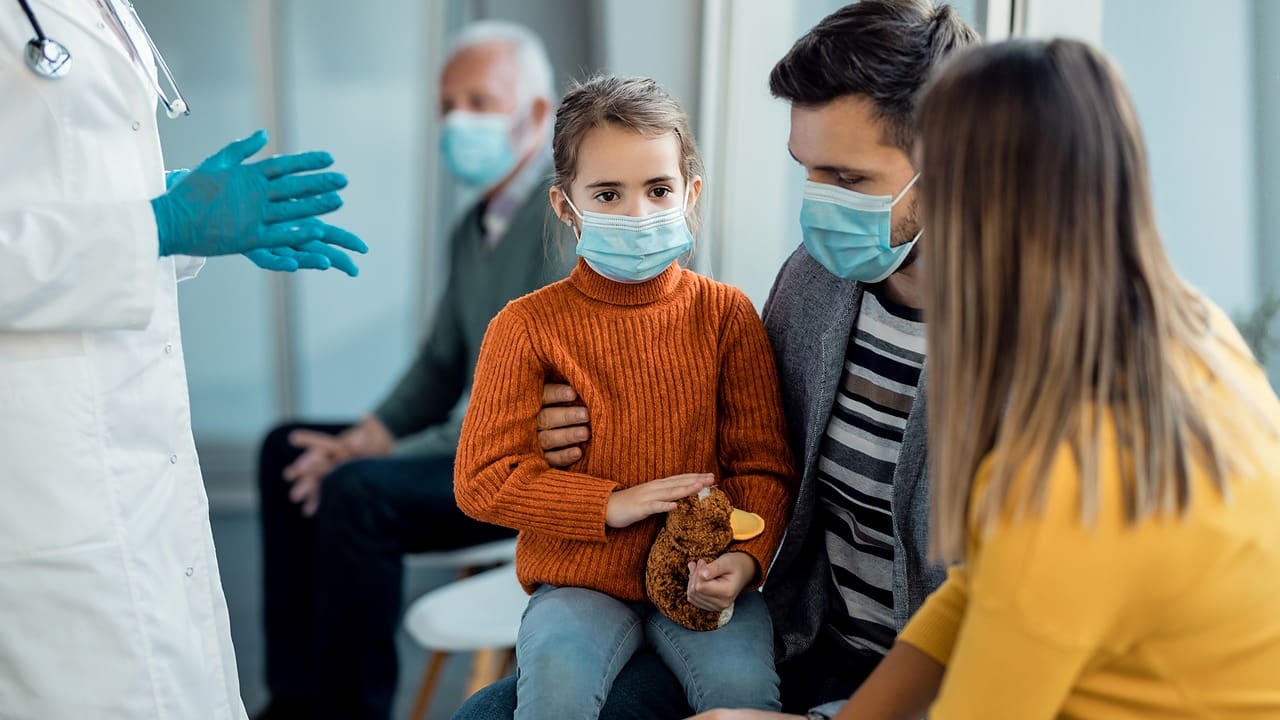
In simple terms, pediatric infectious disease care is about helping children recover safely from infections while reducing spread to others. The approach combines accurate testing, judicious medication use, supportive home care, and prevention strategies tailored to a child’s age and needs. Families can expect clear explanations, written instructions, and structured follow up that support a confident return to daily life.
Pediatric Infectious Disease Diagnostics and Care: Practical Steps for Parents
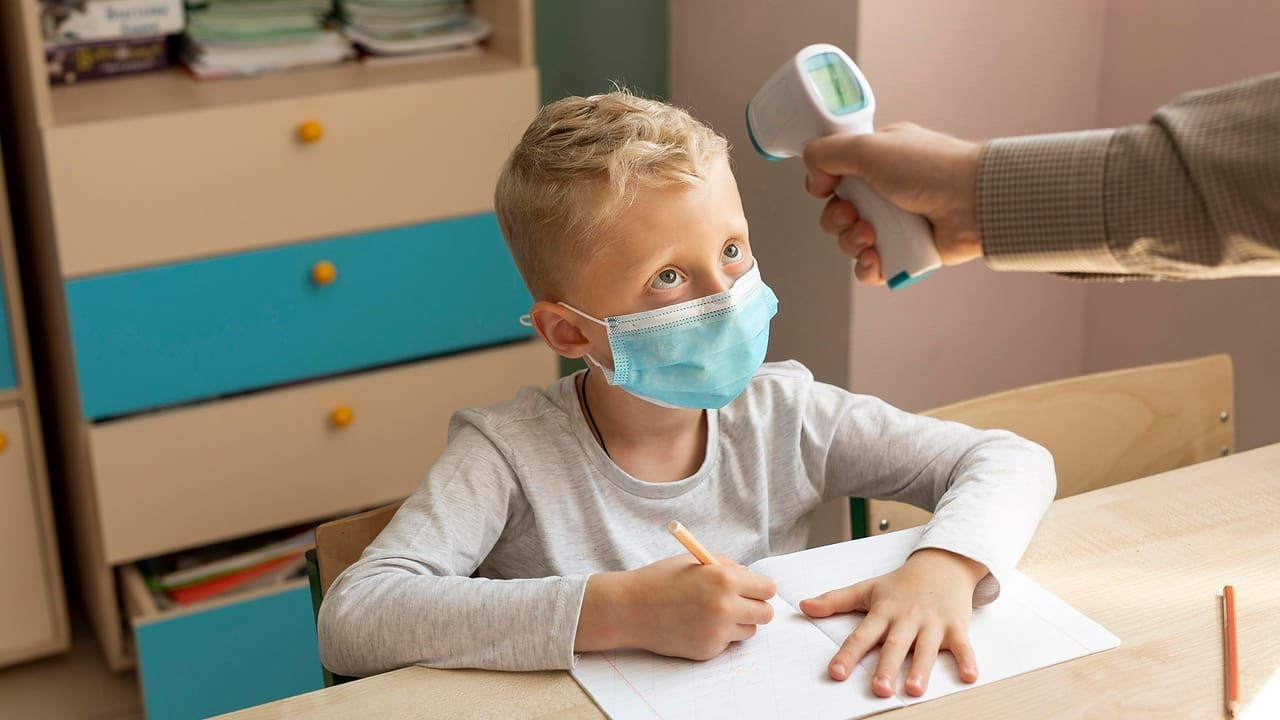
Parents can support recovery with these steps:
• Encourage frequent small sips of fluids; watch for signs of dehydration.
•Use fever control measures as advised; avoid overlapping medications unless instructed.
• Follow dosing instructions precisely; never share or reuse leftover antibiotics.
• Clean high touch surfaces; promote hand hygiene before meals and after restroom use.
•Keep a symptom diary noting fever patterns, intake, and energy level; share updates during follow up.
•Ask your clinician for return to school guidance and isolation timelines based on your child’s diagnosis.
With clear plans and prompt reassessment when needed, most childhood infections improve without complications. If symptoms escalate or new warning signs appear, seek care promptly.
For more information about our academic and training initiatives, visit Liv Hospital Academy
Frequently Asked Questions for Pediatric Infectious Disease
How are pediatric infections diagnosed?
Through a history and exam followed by targeted tests: rapid viral or strep tests, swabs, urine tests, stool studies, blood work, and sometimes imaging. Testing is chosen to be accurate and actionable.
What are the warning signs that an infection needs urgent care?
Trouble breathing, persistent high fever, confusion or unusual sleepiness, a rapidly spreading or bruised looking rash, stiff neck, severe dehydration, or severe pain.
When should my child see a pediatric infectious disease specialist?
If fevers persist or recur, symptoms worsen, infections are frequent or unusual, initial therapy fails, or your child has a higher risk for complications, a specialist evaluation is helpful.
What is a pediatric infectious disease specialist?
A physician skilled in managing complex or recurrent infections in children, guiding accurate testing, choosing appropriate medications, monitoring recovery, and supporting prevention.
What do pediatric infectious disease doctors treat?
They manage viral, bacterial, fungal, and parasitic infections, including complicated pneumonias, recurrent fevers, skin and soft tissue infections, gastrointestinal and urinary infections, and illnesses that have not improved as expected.
What are some pediatric infectious diseases?
Common examples include colds, influenza like illnesses, strep throat, ear infections, sinus infections, bronchiolitis, pneumonia, viral gastroenteritis, urinary tract infections, skin infections like impetigo or cellulitis, and hand foot and mouth disease.
What is a pediatric infectious disease?
Pediatric infectious disease focuses on preventing, diagnosing, and treating infections in infants, children, and adolescents. Care is family centered, with testing and treatment tailored to children.
